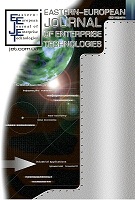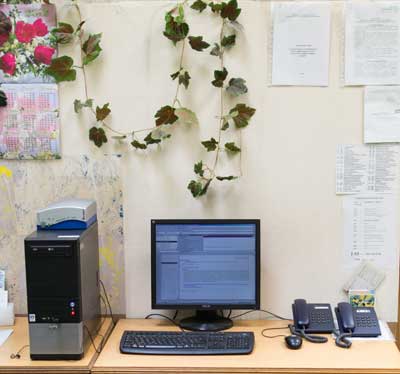
Бази даних
Наукова періодика України - результати пошуку
 |
Для швидкої роботи та реалізації всіх функціональних можливостей пошукової системи використовуйте браузер "Mozilla Firefox" |
|
|
Повнотекстовий пошук
| Знайдено в інших БД: | Реферативна база даних (1) |
Список видань за алфавітом назв: Авторський покажчик Покажчик назв публікацій  |
Пошуковий запит: (<.>A=SAADALLAH N. R.<.>) | |||
|
Загальна кількість знайдених документів : 1 |
|||
| 1. | 
Alsaydia O. M. Limiting COVID-19 infection by automatic remote face-mask monitoring and detection using deep-learning with IoT [Електронний ресурс] / O. M. Alsaydia, N. R. Saadallah, F. L. Malallah, M. A. S. Al-Adwany // Eastern-european journal of enterprise technologies. - 2021. - № 5(2). - С. 29-36. - Режим доступу: http://nbuv.gov.ua/UJRN/Vejpte_2021_5(2)__5 During the current outbreak of the COVID-19 pandemic, controlling and decreasing the possibilities of infections are massively required. One of the most important solutions is to use Artificial Intelligence (AI), which combines both fields of deep learning (DL) and the Internet of Things (IoT). The former one is responsible for detecting any face, which is not wearing a mask. Whereas, the latter is exploited to manage the control for the entire building or a public area such as bus, train station, or airport by connecting a Closed-Circuit Television (CCTV) camera to the room of management. The work is implemented using a Core-i5 CPU workstation attached with a Webcam. Then, MATLAB software is programmed to instruct both Arduino and NodeMCU (Micro-Controller Unit) for remote control as IoT. In terms of deep learning, a 15-layer convolutional neural network is exploited to train 1,376 image samples to generate a reference model to use for comparison. Before deep learning, preprocessing operations for both image enhancement and scaling are applied to each image sample. For the training and testing of the proposed system, the Simulated Masked Face Recognition Dataset (SMFRD) has been exploited. This dataset is published online. Then, the proposed deep learning system has an average accuracy of up to 98.98 %, where 80 % of the dataset was used for training and 20 % of the samples are dedicated to testing the proposed intelligent system. The IoT system is implemented using Arduino and NodeMCU_TX (for transmitter) and RX (for receiver) for the signal transferring through long distances. Several experiments have been conducted and showed that the results are reasonable and thus the model can be commercially applied. | ||
 |
| Відділ наукової організації електронних інформаційних ресурсів |
 Пам`ятка користувача Пам`ятка користувача |